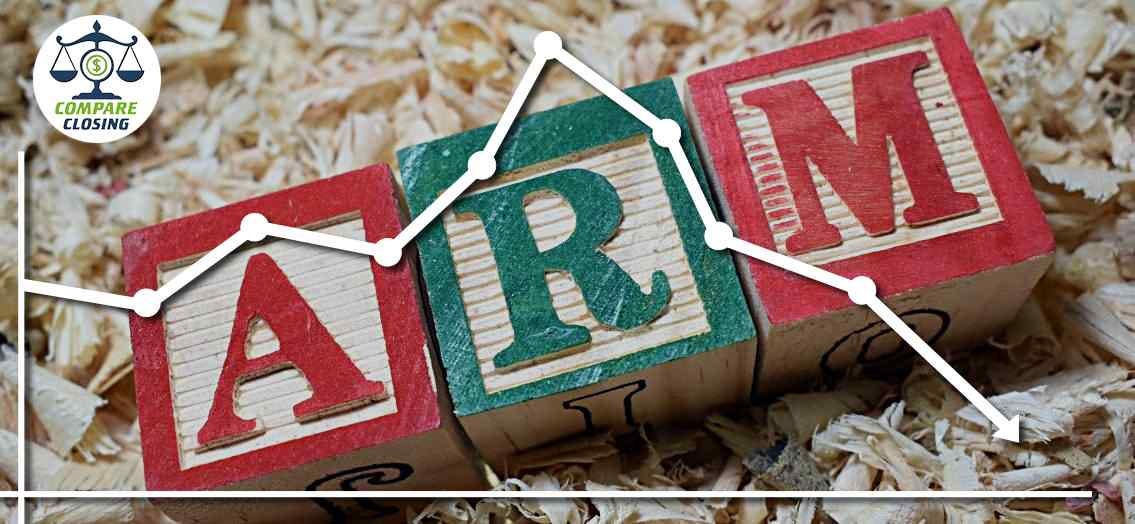
The rates for an adjustable mortgage are happening to gone down over the last two months, and are more competitive than fixed rates.
Applicants must look at both fixed-rate and adjustable-rate options for a or .
According to data from Freddie Mac as fixed rates have gone up a little the adjustable rates have dropped.
In early 2021, the adjustable rates were higher than the 30-year fixed rates but now they are steadily dropping down.
Fixed rates when low are the preferred ones so that one could lock in the low rate for the entire life of their loan instead of risking the increase in rates later.
The overall mortgage rates are still below the level of June 2020. The average rate of 30 years fixed mortgage today is 2.88%. The 15 year fixed is 2.26%.
An adjustable-rate mortgage (ARM) is a loan having a variable interest rate that fluctuates based on market conditions.
The initial fixed interest rate is at a low level. Then the new, adjustable rate, changes as per the interest rate index that moves based on economic and financial market factors.
The initial number is fixed and then the rate adjusts after the initial period, it could rise or fall.
The average rate of a 5/1 ARM loan today is 2.760% with an APR of 4.070%.
The 7/1 ARM rate today is at 2.870% with an APR of 3.980% last week same time the rate was 3.31%
A 7/1 ARM can be chosen by borrowers who plan to refinance their mortgage or sell their house before the introductory rate expires or if they expect the value of the house to rise quickly.
If a borrower chooses an ARM, they are likely to qualify for a larger loan because of the low introductory rate.
Thereafter the interest rate and monthly payment will increase after the introductory period, which can be 3, 5, 7, or even 10 years, and can climb depending on the terms of the specific loan.
Reference Source: Business Insider
https://www.compareclosing.com/mortgagenews/arm-rates-are-lower-today/
Comments
Post a Comment